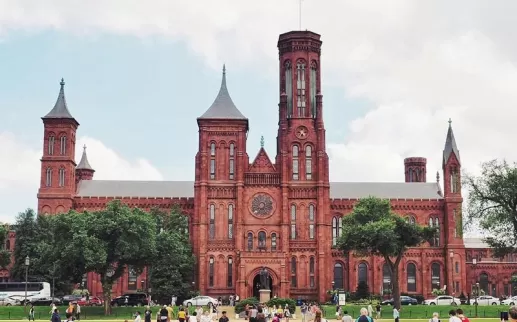A recent mishap at the Uffizi Gallery in Florence, Italy, has reignited critical concerns across Europe regarding the impact of selfie-taking tourists on cultural heritage. This past Saturday, a tourist inadvertently damaged a centuries-old portrait of Ferdinando de’ Medici while attempting to mimic the pose of the 17th-century grand prince and arts patron.
Simone Verde, the director of the Uffizi, expressed his frustration over this incident, stating, “The problem of visitors who come to museums to make memes or take selfies for social media is rampant.” This incident joins a series of similar disturbances that have plagued museums, highlighting the delicate balance they must maintain between welcoming large crowds and preserving their irreplaceable collections.
The tourist influx this summer has seen chaos in other institutions as well. In Verona's Palazzo Maffei, a man caused significant damage by breaking a Swarovski crystal-covered chair while attempting an unauthorized photo, waiting until guards were distracted. Additionally, staff at the Louvre Museum recently went on strike, protesting overcrowding and disturbances caused by selfie enthusiasts.
Marina Novelli, director of the Sustainable Travel and Tourism Advanced Research Center at Nottingham University, acknowledged that incidents involving tourists damaging artwork are increasingly common. She emphasized the challenge museums face in allowing public engagement while ensuring the safety of their exhibits.
As Europe’s museums struggle with the growing influence of social media on visitor behavior, they are compelled to find effective solutions to safeguard their art and enhance the visitor experience. This ongoing tension between artistry and modern social practices serves as a warning signal for cultural venues worldwide to reassess their approach to visitor interactions in a digital age.






















